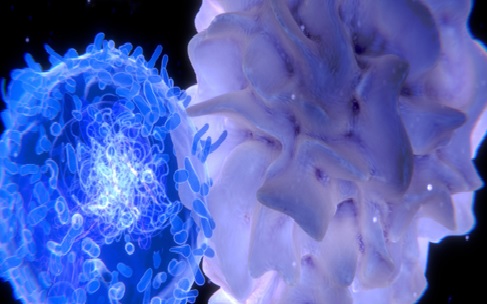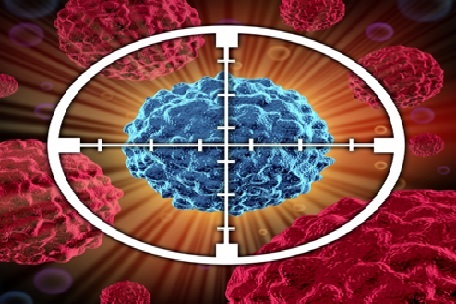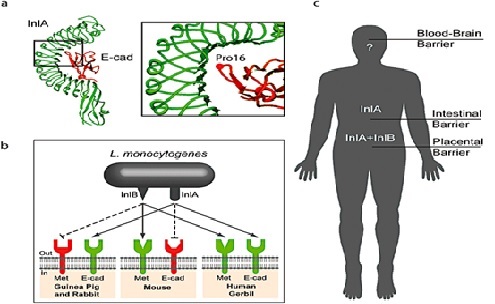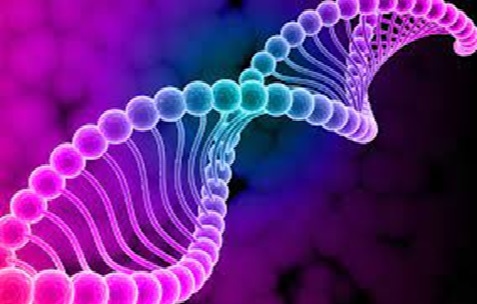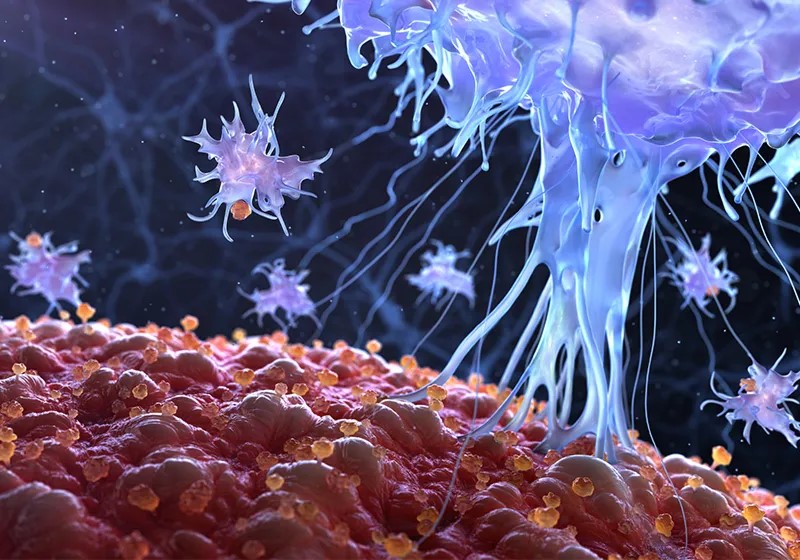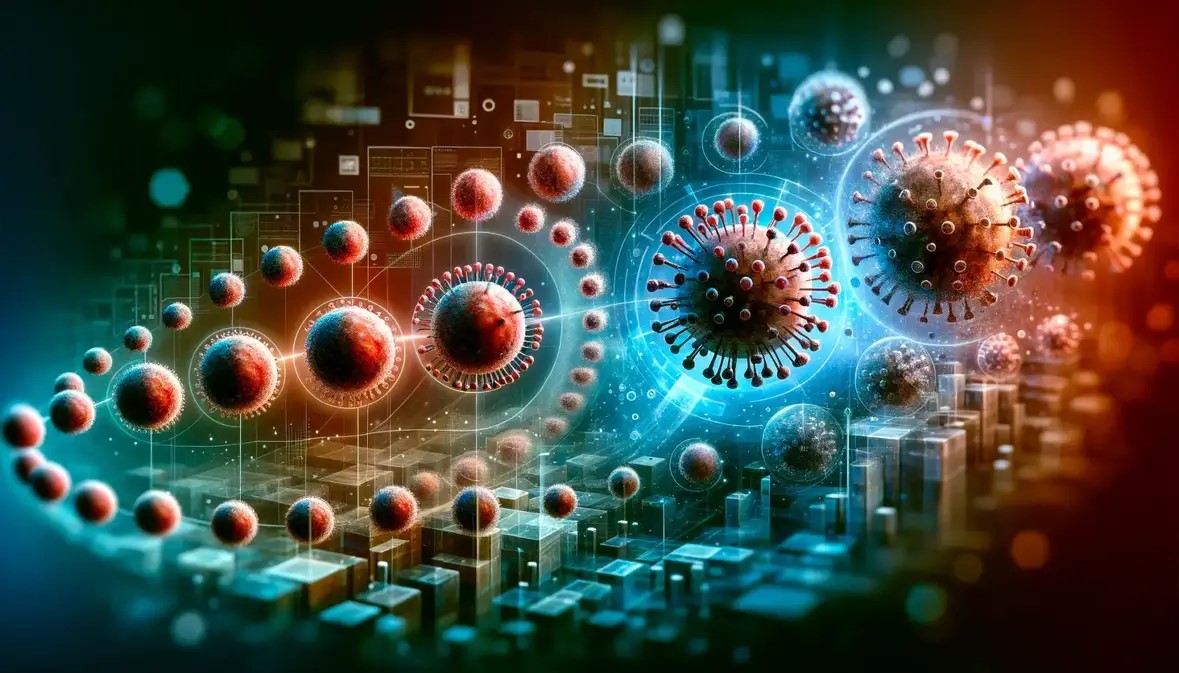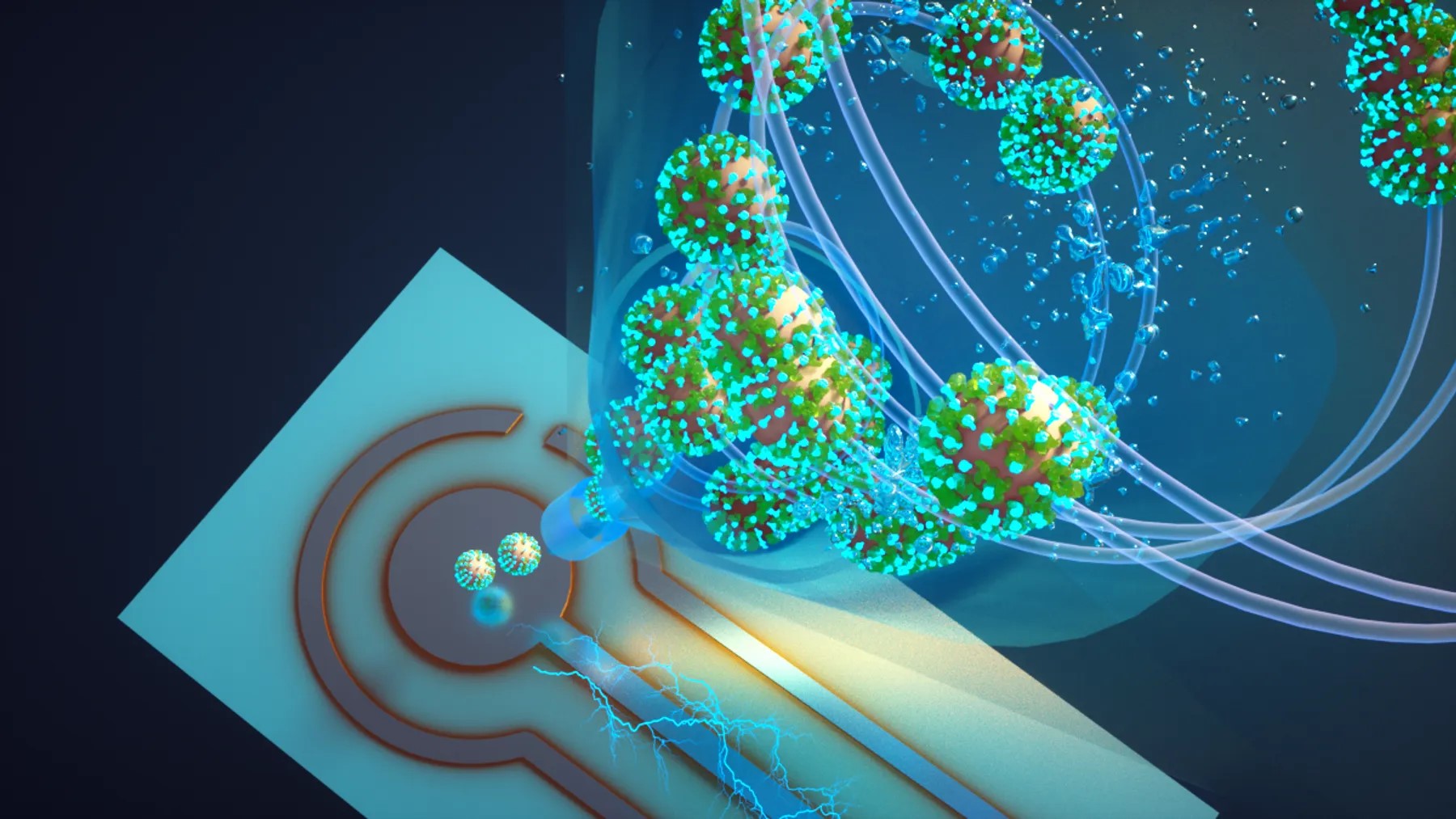COVID-19 Infections Might Change the Genomic Landscape
According to biochemist Wenbo Li from the University of Texas' Health Science Center, the ongoing war between viruses and our immune systems has been going on for over a billion years. Throughout this time, an arms race has developed, resulting in the fine-tuning of our immune systems and the evolution of sophisticated viral strategies. While it has been known that some DNA viruses can manipulate chromatin folding to suppress immune genes and facilitate infection, it was uncertain if RNA viruses, including SARS-CoV-2, could perform similar tricks.
In a study published in Nature Microbiology on March 23, Wenbo Li and his colleagues have shed light on how the SARS-CoV-2 virus, which causes COVID-19, alters chromatin structure. Chromatin refers to the complex of DNA and proteins that forms chromosomes. The researchers discovered that the virus remodels chromatin, leading to changes in gene expression. These alterations in gene expression may contribute to the immune dysregulation observed in individuals infected with the virus. Furthermore, the findings could provide insights into the reasons why some people experience prolonged symptoms of COVID-19.

Figure .1 COVID-19 Infections Might Change the Genomic Landscape
Figure 1 shows According to Marianna Zazhytska, a biophysicist from Columbia University who was not involved in the study, viruses have more than just a temporary impact on our health. Zazhytska emphasizes that these pathogens, particularly viruses, have interactions with our genome that can lead to long-lasting consequences. This statement highlights the potential for viruses to influence our genetic material in ways that extend beyond the immediate illness they cause.
In the study, the researchers conducted experiments by infecting cultured human lung cells with SARS-CoV-2. They then examined the 3D architecture of chromatin, which refers to the progressive folding of DNA into various structures such as chromosomal compartments, domains, and loops. There are two types of compartments known as A and B. The A compartment consists of genes that are actively transcribed, while the B compartment contains genes that are typically silenced or less active. Wenbo Li compares these compartments to the "yin and yang" of chromatin, as they have distinct chemical features that prevent them from mixing. Within each compartment, the DNA undergoes bending and folding, bringing specific genes into alignment with regulatory sequences.
The researchers found that when they infected lung cells with either an inactive version of SARS-CoV-2 or a different type of coronavirus, the chromatin within the cells maintained its organized structure, with distinct compartments and neat domains. However, in lung cells infected with active SARS-CoV-2, they observed a significant alteration in the chromatin structure. Specifically, sections of chromatin lost their characteristic A/B compartment identity and became intermingled with the other compartment. This indicates that active SARS-CoV-2 infection disrupts the normal organization of chromatin, potentially leading to changes in gene expression and immune response.
Upon closer examination of the chromosomal compartments, the researchers observed that certain domains had lost their well-defined structure. In uninfected cells, a protein complex known as cohesin encircles each domain, creating compact loops that bring genes in close proximity to activating regions. However, in cells infected with SARS-CoV-2, the levels of cohesin proteins are reduced, resulting in loosely folded domains that are unable to undergo proper transcriptional activation. This finding suggests that SARS-CoV-2 can manipulate the expression of immune genes by interfering with the formation and functioning of cohesin and the compact folding of chromatin domains. Wenbo Li highlights this as another mechanism by which the virus may exert control over the expression of immune-related genes.
One potential mechanism by which COVID-19 remodels chromatin is through epigenetic changes. The study revealed that infected cells were lacking an acetyl group, specifically H3K27Ac, on the third histone, which is typically associated with transcriptional activation. The absence of this acetyl group is likely to suppress the activity of neighboring genes. The researchers found that the depletion of H3K27Ac correlated with the regions of chromatin that lost their A/B compartment identity, suggesting that the absence of this epigenetic marker may be responsible for the structural changes observed. Additionally, another recent study discovered that SARS-CoV-2 utilizes the host cell's machinery to produce a protein that mimics the host's histones, thereby interfering with acetylation processes. This finding suggests that the virus actively manipulates the host's epigenetic machinery to remodel chromatin and regulate gene expression.
According to Wenbo Li, the histone modifications observed in COVID-19, which result in chromatin remodelling, can have long-lasting effects, especially in lung cells that have a longer lifespan. These epigenetic changes could potentially be the molecular basis of long COVID, including symptoms such as brain fog and other long-term effects. Further research in this area could provide insights into therapeutic interventions for long COVID. However, it is important to note that more work is needed to determine if the same changes occur within a whole organism, where multiple cell types interact, as the current findings are based on a single cell line.
A systems biologist from Boston University, Juan Foxman Bass, who was not engaged in the study, made a comparable argument. He points out that some symptoms of extended COVID, like altered T cell activity, might not be related to modifications in the chromatin structure. "Long COVID is a very complex disease that involves many different cell types, some of which are not even infected with SARS-CoV-2," he claims.[1]
References:
- https://www.the-scientist.com/news-opinion/covid-19-infections-may-reshape-genetic-landscape-71045
Cite this article:
Janani R (2023),COVID-19 Infections Might Change the Genomic Landscape,AnaTechMaz, pp.197


